What kind of research can you do in Special Collections? Many people may think that using the materials here is only for “serious” scholars who are conducting historical research into specific topics, but the space is open to everyone (and anyone - that means you!) who wants to get their hands on primary sources.
Many of the Special Collections Library’s holdings can be found by searching in Mirlyn or our finding aids, but to fully appreciate their possibilities for your topic, you will need to explore them in person. Whether by reading our blog, attending a class, or using materials in our reading room, you may come across materials that would be a fantastic addition to your research project. Maybe you’ll even be inspired to follow some of your findings into your next big research endeavor!
Special Collections is the perfect place to discover what generations before us have to offer. Below are some featured items from our collections, with some potential research questions that you could start pondering. The collections here are not just for those of you studying history or the humanities; we’ll show here that even a single item can answer questions and interest scholars from many different disciplines, including biology, engineering, chemistry, nutrition, gender studies, and psychology.
Man Bait, or, How to snag and keep content a husband & For Men Only: a cook book
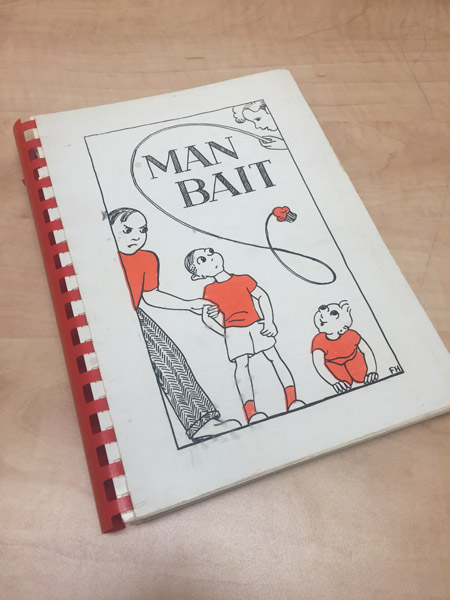
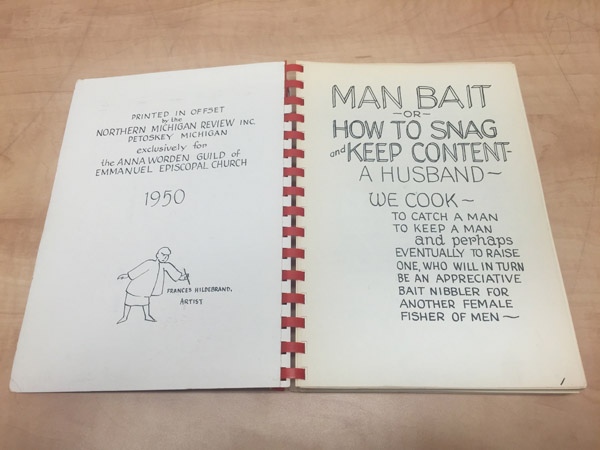
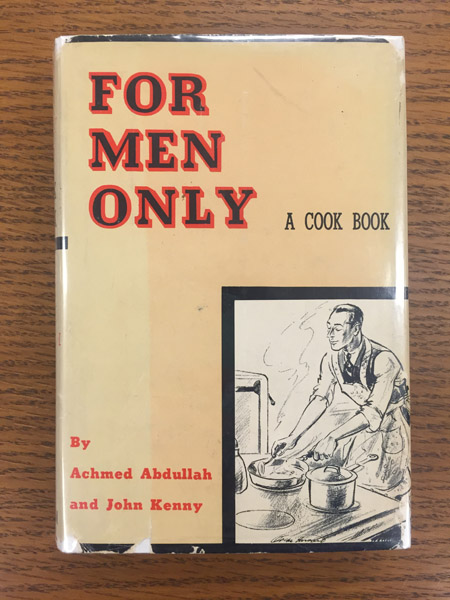
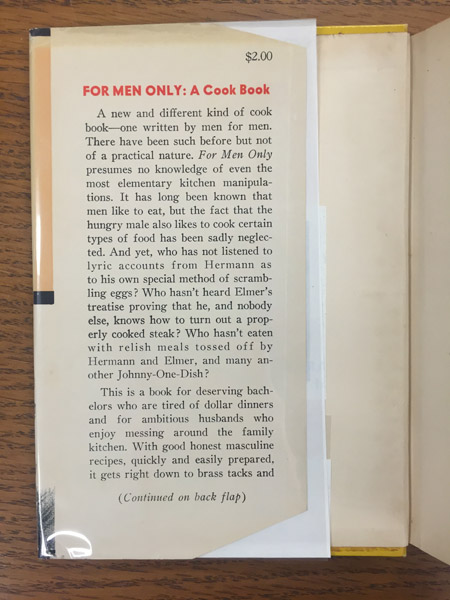
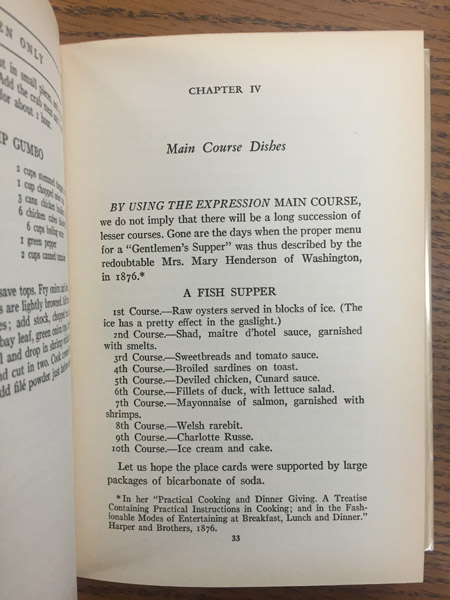
These two books, Man Bait and For Men Only, were written in the early-to-mid 20th century. They both provide recipes alongside narratives about gender ideals and perceived roles at the time of publication. The recipes begin at a basic level for their readers, and also include tips for substituting foods, seasonings to have on hand, and essential tools to use in the kitchen.
Culinary studies
- What expectations and assumptions are being made about readers of this book? How are these assumptions reflected in the book’s content and tone?
- Are the types of food in these books still readily available? Are similar recipes still made today?
- How much is health and nutrition a focus of these books? Have standards of nutrition and what makes food “healthy” changed significantly since their publication?
- Would these recipes be considered healthy/healthful or appealing today? Why or why not?
Gender studies
- How are issues of race, gender, and class manifested in cookbooks in general? What can we learn about the society in which these books were published?
- What is the narrative content of these two books - how are women and men portrayed? What are the accepted roles for each?
- One of these is written by men, and one is written by women - how does each group see themselves, and how do they fit into their societal roles?
- “We cook to catch a man, to keep a man, and perhaps eventually to raise one, who will in turn be an appreciative bait nibbler for another female fisher of men.”
- Man Bait in particular contains a lot of advertisements throughout the book - many of these are geared towards more feminine roles, but others are for goods and services like men’s apparel, lumber, and real estate. Who are these advertisements targeted towards?
History of the book/printing/modern paleography
- What can we learn about book production from Man Bait in particular, since it is handwritten? Was this book self-published? Why was this book printed in this way? What can we learn about the community who compiled it?
- How were these two books printed and compiled? What does the binding, printing, and other physical components show about the time period in which they were created?
History of Petoskey/Northern Michigan
- Looking at the advertisements in Man Bait in particular, what can we learn about the local area in which this was published?
For more information about the American Culinary History collection, please contact JJ Jacobson at nonesuch@umich.edu.
The Allies' Fairy Book
with an introduction by Edmund Gosse C.B. and illustrations by Arthur Rackham.
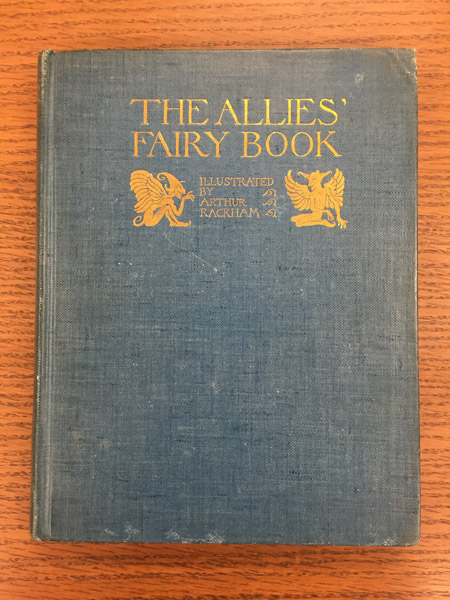
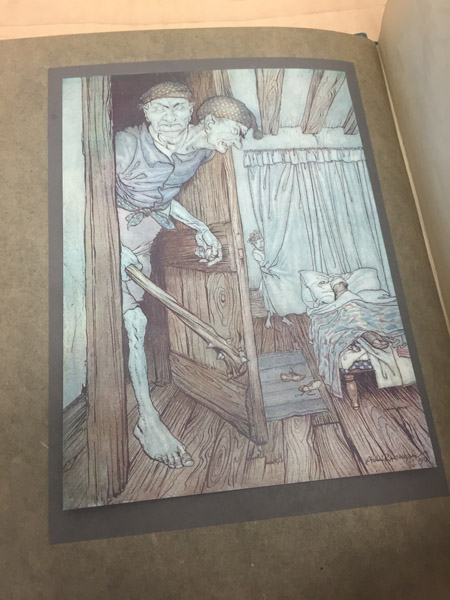
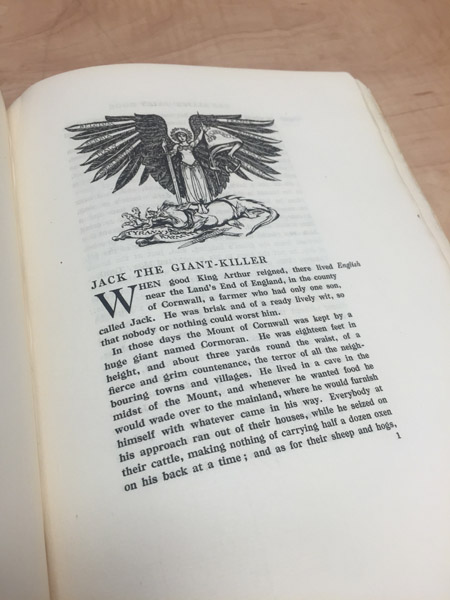
This book was published in London in 1916, during the height of the first World War. It compiles fairy tales from the allied countries including Great Britain, France, Russia, Italy, Portugal, Japan, Serbia, and Belgium.
Children’s Literature
- How do these stories differ from the versions we know today?
- How are villains, as well as the struggle between good and evil, portrayed in these stories?
- What was the intended purpose and audience for this book?
WWI history
- This book only includes stories from the Allied countries. How did this galvanize the allies?
- What was happening in the war at the time of publication of this book?
- In the Introduction, the author states that the characters in these stories follow the maxim “Be kind to those who are kind to you” - do the stories present this as a simplistic and naive view, or is it shown as something to strive for among people and nations?
- What evidence of the war’s impact on the English view of Germany and other Axis countries is present in the introduction or in the stories themselves?
Art/Illustration
- What else did Arthur Rackham illustrate?
- What style do these illustrations reflect?
- How do the illustrations help portray the mood and atmosphere of the stories?
Linguistics
- What is the history of the word “fairy” and “fairy tale” - how did it change over time up to this printing of this book, and how has it changed up to the present?
American Entomology; or, Descriptions of the insects of North America.
Illustrated by coloured figures from original drawings executed from nature / By Thomas Say.
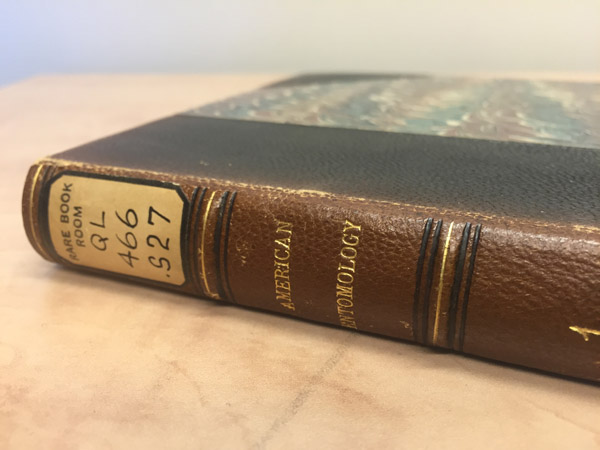
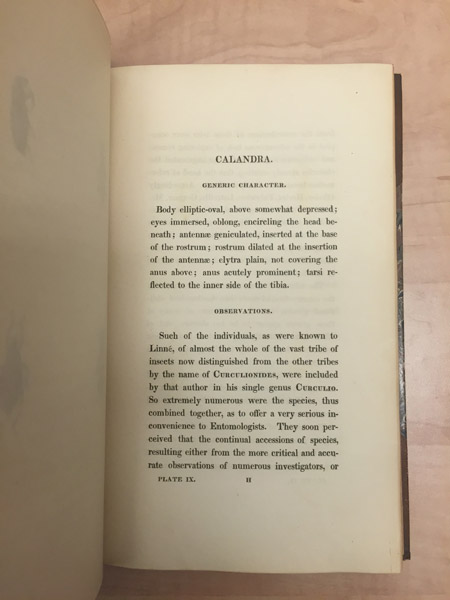
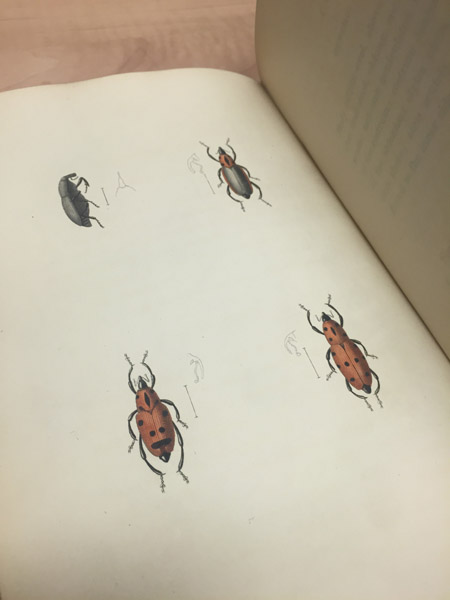
Available via HathiTrust here.
History of the book
- What is unique about the marbling and binding of this book? How was the marbling technique used?
- How does this book compare to others of its time?
- “Mich. Univ.” is printed on the spine, even though it was published in Philadelphia. Were sets of these books published specifically for certain universities?
- What is the provenance of this book? How did it get to the University of Michigan?
Science
- All the insects are listed by genus and species - what are the common names?
- Are any of these insects now extinct?
- What has changed about the knowledge of these kinds of animals since this publication?
Art
- What media was used in these illustrations?
- What style or school of artist created these? What else did this individual produce? How is he or she credited in the book?
- What measures are taken to preserve the illustrations and the book itself?
- How has scientific and medical illustration changed since the time of this publication?
Digital Communication and Reproduction
- This book was digitized and is available online via HathiTrust.
- What are the benefits of a digital copy? What kind of information is lost upon digitization? What aspects of experience does the user lose when interacting with the material online?
Civil War papers, 1858-1863.
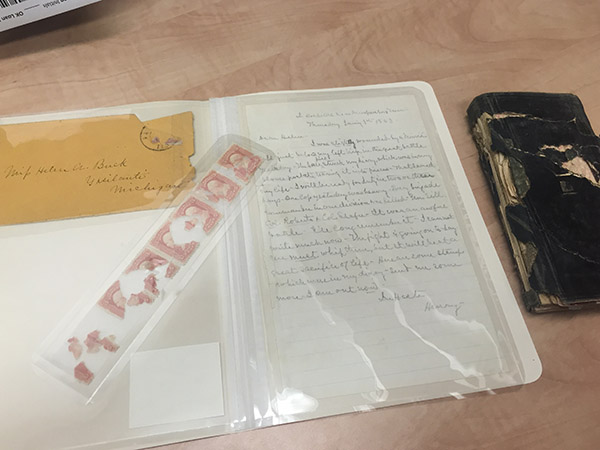
This is a small archival collection (1 box) containing materials from Henry Allen Buck, a native of Ypsilanti who fought with the Union Army until his death in 1863. These papers include diaries and letters to his sister and mother, which contain accounts of his experiences serving in the Civil War. One diary is severely damaged because it was hit by a bullet in battle while Buck was carrying it, and he states in a letter that it saved his life.
Civil War history
- What can we learn about the War from these materials?
- What are Buck’s feelings about the War? How does his bias show through?
Michigan history
- Are there any accounts about Buck’s time in Ann Arbor, Ypsilanti, or other Michigan areas?
- What can we learn about other places that he visits during his time in the war?
Nature of the archival materials
- What conservation work was done on these items? What documentation was created? How can materials like these be best preserved for future generations to experience?
- How did these items get to the University of Michigan?
For more information about Children’s Literature and post-1700 materials, please contact Juli McLoone at jmcloone@umich.edu.